Introduction
When Do Robins Migrate South: The arrival of autumn is a spectacular transformation of the natural world, as the vibrant green hues of summer foliage give way to a brilliant tapestry of reds, yellows, and oranges. Humans may anticipate the cozy comforts of fall, wildlife embarks on a different journey one that has been honed over millennia, migration. Among the most iconic migratory robins birds in North America is the American Robin, a harbinger of spring and a symbol of renewal. These robust, red-breasted birds captivate the hearts of birdwatchers and nature enthusiasts alike. Robins, with their distinctive orange-red breasts and melodious song, are a common sight across North America during the spring and summer months. They are known for their distinctive behaviors, such as hopping across lawns in search of worms and perching on treetops to deliver their cheerful tunes.
However, as the days grow shorter and the temperatures drop, robins undergo a remarkable transformation in their behavior. Migratory patterns are deeply ingrained in the biological clock of these birds. The changing seasons trigger a complex series of physiological and behavioral responses that drive them to undertake long journeys to their wintering grounds. Understanding when and why robins migrate south is a fascinating glimpse into the intricate rhythms of nature.
In the remarkable world of American Robins and unravel the mysteries of their migratory patterns. We will investigate the key factors that influence their decision to embark on this incredible journey, the routes they take, and the challenges they face along the way. A deeper appreciation for the marvel of migration and a newfound respect for the American Robin as a symbol of resilience and adaptability in the natural world. So, let’s embark on this avian adventure and uncover the secrets of when robins migrate south.

Do robins migrate south?
Many retreat southward. Northern Canada empties of robins, while areas far to the south like Texas and Florida receive large winter flocks. But those making the journey are not lured by warmer temperatures: Robins can withstand extremely cold temperatures, adding warm, downy feathers to their plumage.
Seasonal Timing: One of the key triggers for robin migration is the changing seasons. As autumn descends, daylight hours grow shorter, and temperatures drop. These environmental cues signal to robins that it’s time to prepare for the journey ahead.
Fueling Up: Before migration, robins engage in a crucial behavior: they build up fat reserves. These reserves serve as their energy source during the long flights and periods of food scarcity along the way.
Gregarious Nature: Robins are known to gather in flocks as they prepare to migrate. The communal aspect of their journey safety in numbers, increasing their chances of survival during the arduous trek.
Navigation Skills: Robins possess remarkable navigational abilities. They use a combination of celestial cues, such as the position of the sun and stars, and landmarks on Earth’s surface to them on their migratory routes.
Do robins stay around all winter?
As long as there is food available, American Robins may stay north in cold climates. Photo by Chuck Porter via Birdshare. We do get a lot of questions from people surprised by seeing American Robins in winter. But although some American Robins do migrate, many remain in the same place year-round.
Mixed Strategies: Unlike some bird species that migrate en masse to warmer climates, the robin population exhibits a mixed strategy regarding winter. While a significant portion of robins does embark on a southward migration, a substantial number also remains in their breeding territories throughout the winter.
Regional Variability: The decision of whether to migrate or stay depends on several factors, including geographic location and local food availability. Robins in the northern reaches of their range, where winter conditions are harsher and food scarcer, are more likely to migrate. In contrast, those in milder southern regions may choose to remain year-round.
Food Sources: A primary driver behind robin wintering decisions is food availability. Robins are known for their preference for earthworms, and they rely on other insects and berries as well. If these food sources remain accessible throughout the winter, robins may find it advantageous to stay.
Urban and Suburban Habitats: In recent years, some robins have adapted to urban and suburban environments, which often offer a more consistent supply of food, such as ornamental berry-bearing plants and human offerings like fruit trees. This adaptability may allow some robins to overwinter successfully in these areas.
What do robins symbolize?
For centuries, this tiny bird has been the symbol of good luck, happiness, rebirth – and sometimes even as a messenger for lost, loved ones. There are tales stretching back to Norse mythology where the robin is the protector from storms and lightning. And in Celtic folklore the robin is known as the Oak King of Summer.
Robins are often associated with the arrival of spring, a season of renewal and rebirth. Their return from migration marks the end of winter’s dormancy and the awakening of life in the natural world. As such, robins symbolize hope, optimism, and the promise of new beginnings.
In many cultures, the sight of a robin is considered a positive omen, signifying good luck or the arrival of joyful news. The vibrant red breast of the robin is seen as a symbol of love and happiness, and its presence is believed to bring cheer.
The annual migration of robins is a powerful symbol of transformation. These birds undertake long and arduous journeys, reflecting the human experience of overcoming obstacles and evolving through life’s challenges.
Robins’ ability to thrive in a range of environments and adapt to changing conditions is a testament to their resilience. They symbolize the strength to endure adversity and emerge stronger on the other side.
Are robins a smart bird?
How smart are robins? A. Robins are not quick to learn new things as blue jays, and do not have as good reasoning power as jays. But they are adaptable, and can quickly figure out how to find food and shelter in a new area where they’ve never been before.
Robins have demonstrated remarkable problem-solving abilities. They can navigate complex environments, such as urban landscapes, to find food and build nests. Observations have shown that robins can learn to manipulate objects to access food sources, suggesting a degree of adaptability and innovation in their behavior.
Memory is a fundamental aspect of intelligence, and robins exhibit impressive spatial memory. They can the locations of food caches, enabling them to return to hidden food stores days or even weeks later. This ability to recall precise locations highlights their cognitive prowess.
Building a nest is a complex task that requires planning and problem-solving. Robins construct sturdy nests using materials like twigs, mud, and grass. They also exhibit adaptive behavior, adjusting nest-building techniques based on environmental conditions and available resources.
Robins are opportunistic feeders, and their foraging strategies suggest a level of intelligence. They use their keen vision and auditory senses to locate earthworms and insects, and they can adjust their feeding techniques based on prey availability and environmental cues.
Why are robins famous?
Robins are popular birds for their warm orange breast, cheery song, and early appearance at the end of winter. Though they’re familiar town and city birds, American Robins are at home in wilder areas, too, including mountain forests and Alaskan wilderness.
Robins are instantly recognizable, thanks to their vibrant orange-red breasts. This striking feature, along with their contrasting brownish-gray plumage, sets them apart from other birds and makes them a familiar sight in North America.
Robins are accomplished songbirds, known for their melodious and cheerful tunes. Their songs herald the arrival of spring in many regions, earning them the title of “harbingers of spring.” These songs not only delight birdwatchers but also evoke a sense of hope and renewal.
Robins undertake seasonal migrations that capture the imagination of bird enthusiasts. Their arrival in spring from their wintering grounds is a highly anticipated event, symbolizing the changing of seasons and the return of warmth.
Robins are deeply woven into the cultural fabric of many societies. They symbolize a range of qualities, including hope, renewal, love, and happiness. In some cultures, they are associated with Christmas and are often depicted on holiday cards and decorations.
Why are robins so friendly?
There are a few reasons which may explain why robins appear friendlier than other birds. When robins live in the wild in woods or forests they are known to follow large mammals, such as wild boar or deer, using their inbuilt curiosity to find new ways to find food.
Robins are diurnal birds, meaning they are active during the day. This daytime activity makes them more visible and approachable to humans compared to nocturnal birds that are rarely seen.
Robins are highly adaptable and can thrive in urban and suburban environments. They often share spaces with humans, making it common to see them in backyards, gardens, and parks. This proximity fosters familiarity and contributes to their perception as friendly birds.
Robins primarily feed on earthworms, insects, and berries, which are often found near the ground. This feeding behavior brings them closer to human activity and increases the likelihood of interactions.
Robins often choose to build their nests in locations that some degree of cover and safety, such as on building ledges, window sills, and tree branches. Their nesting habits can bring them into closer contact with humans, leading to observations of their behavior.
Do robins mate for life?
No, robins do not mate for life. Pairs usually remain together during an entire breeding season, which can involve two or three nestings. However, in spring, sometimes a male and female who mated the previous year will both return to the same territory and end up together for another year.
Robins are known for their monogamous tendencies during the breeding season. A mated pair typically forms a bond for the duration of the nesting and chick-rearing period, which spans several months.
Robins may not form lifelong partnerships, they often reunite with the same mate each breeding season. This annual pair bonding reinforces their commitment to raising offspring together.
During the breeding season, robin pairs collaborate in constructing a nest, incubating eggs, and feeding and protecting their chicks. Their shared responsibilities highlight the cooperative nature of their relationships.
Robin pairs engage in courtship rituals, including singing duets and offering food to each other. These behaviors strengthen their social bonds and facilitate pair formation.
What happens if one robin dies?
If it was the male who died, the female might continue to incubate, but may just give the nest up for lost because the chances of bringing off more than one or two nestlings is very slight with just her to feed them.
If a robin that is part of a breeding pair dies during the nesting season, it can disrupt the reproductive success of that pair. The surviving mate may face challenges in raising their offspring alone, potentially leading to reduced nestling survival rates.
Robins are omnivorous birds that feed on a variety of insects, earthworms, and berries. If a robin dies, it can affect the population dynamics of its prey species and the availability of food for other organisms in the food chain, including predators that rely on robins as a food source.
Robins are territorial during the breeding season, and the death of a territorial individual can open up opportunities for other robins to claim the territory. This can lead to shifts in territory boundaries and potentially alter the distribution of resources in an area.
Robins are social birds, and they often form loose flocks, particularly outside the breeding season. The loss of an individual can disrupt social dynamics within these flocks, potentially affecting foraging and predator avoidance behaviors.
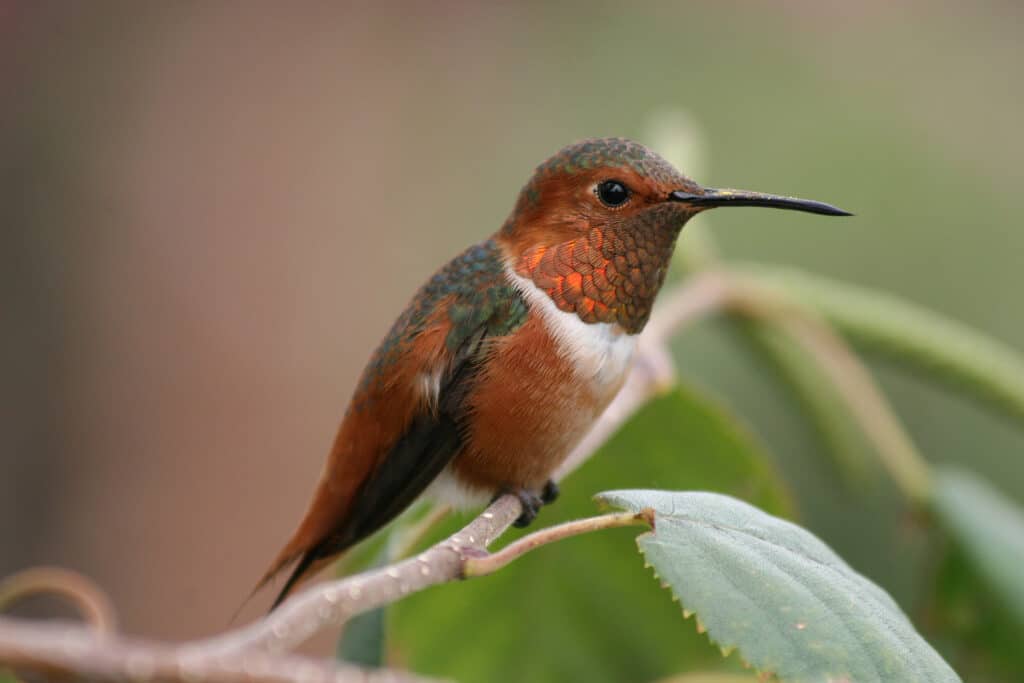
Conclusion
In the vast tapestry of the natural world, the migration of American Robins southward each year is a remarkable thread, weaving together elements of biology, ecology, and adaptation. As we these red-breasted songbirds and explore the of when robin migration south, we emerge with a deeper understanding of the intricacies of nature and the ways in which birds respond to the changing seasons. The timing of robin migration is not solely dictated by the calendar or the dropping of temperatures but is instead an intricate dance between biological cues and environmental conditions. Photoperiod, or the length of daylight, acts as a critical trigger, signaling to robins that it’s time to prepare for the journey south.
As days grow shorter in the late summer and early fall, robins initiate physiological changes that enhance their migratory readiness. They build up fat reserves to fuel their long flights and gather in flocks, increasing their chances of survival during migration. Weather patterns also play a significant role in when robins decide to migrate. Cold fronts and adverse weather conditions can hasten their departure, warm spells may delay it. This dynamic interaction between biological and environmental factors highlights the adaptability and resilience of these birds in the face of changing circumstances.
The routes robins take during their migration are diverse and flexible, by a combination of instinct and learned behaviors. They navigate using a combination of celestial cues, such as the position of the sun and stars, and landmarks on the Earth’s surface. This remarkable ability to traverse great distances is a testament to the marvels of avian navigation. The challenges that robins encounter during their migration are formidable, from finding food along the way to avoiding predators and hazards like tall buildings and communication towers. Their fraught with risk, yet robins have evolved over eons to meet these challenges head-on.

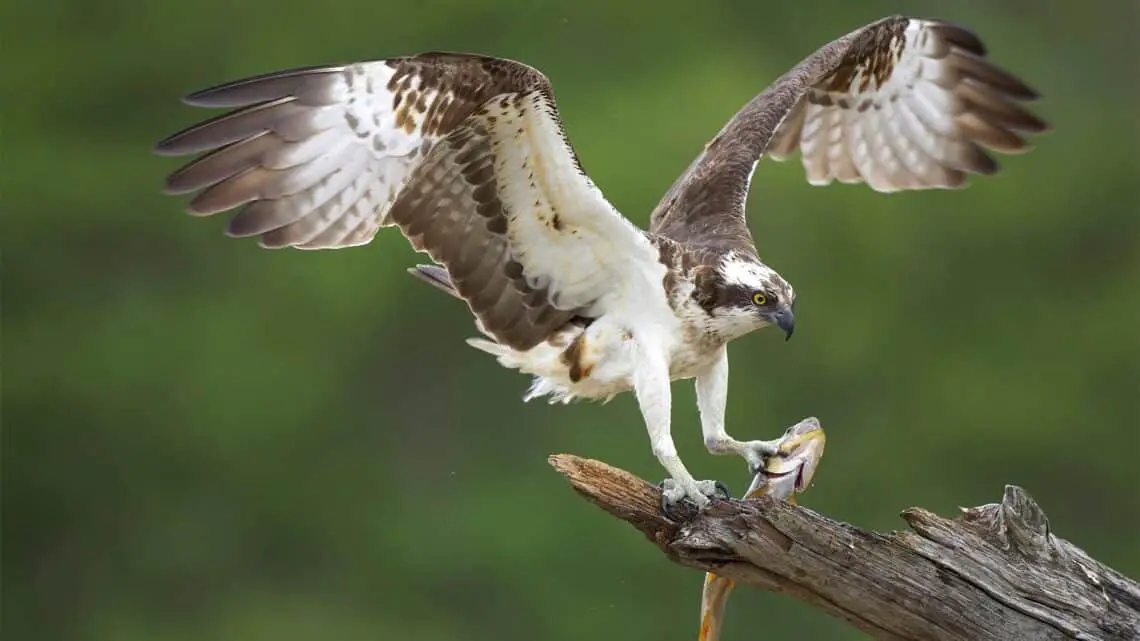
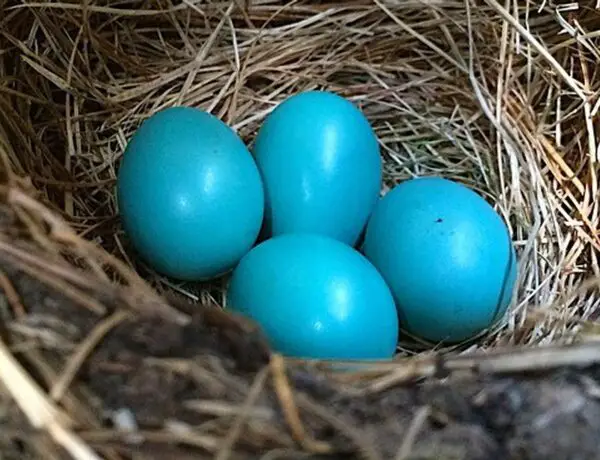
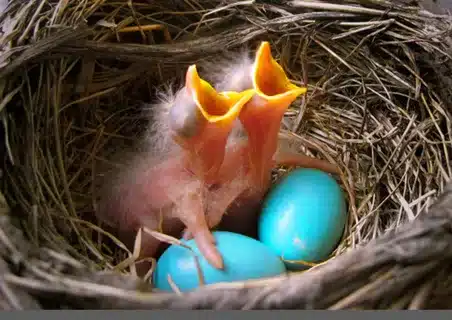
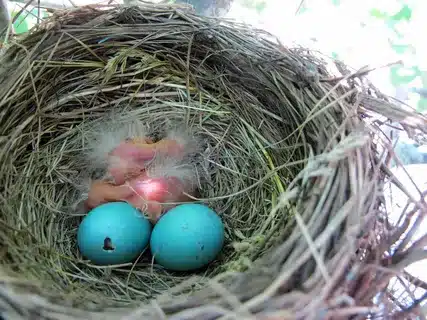
No Comments